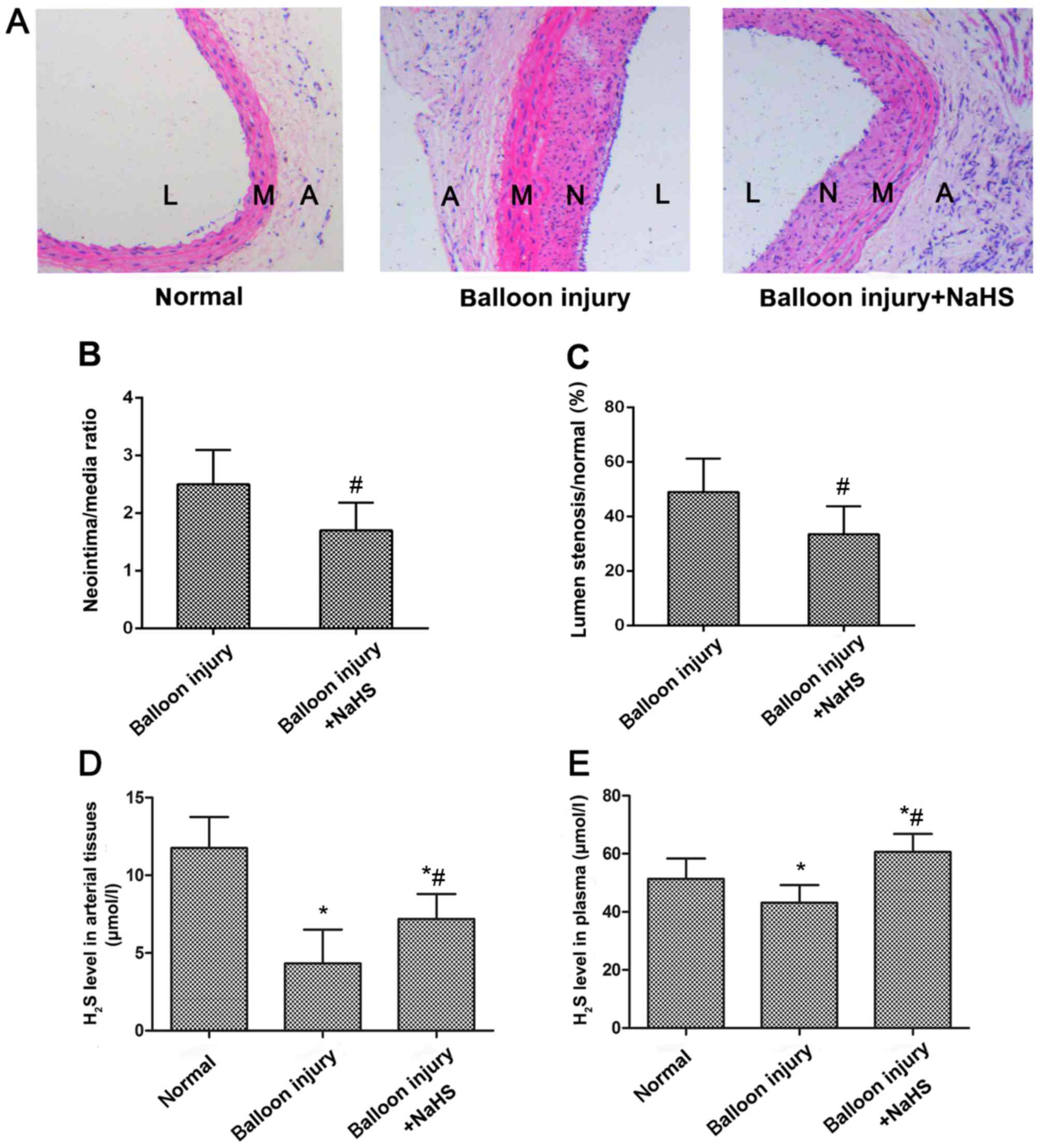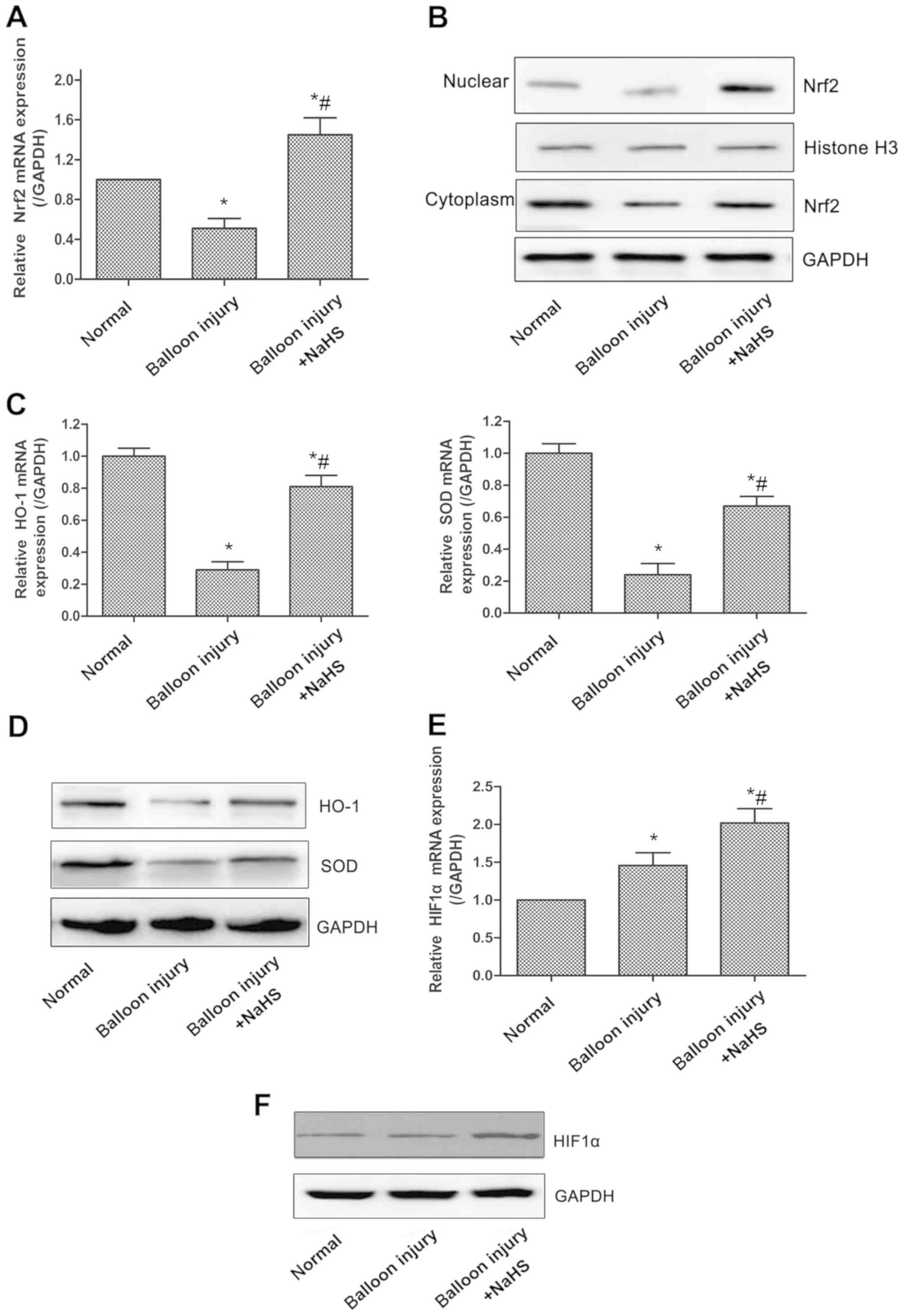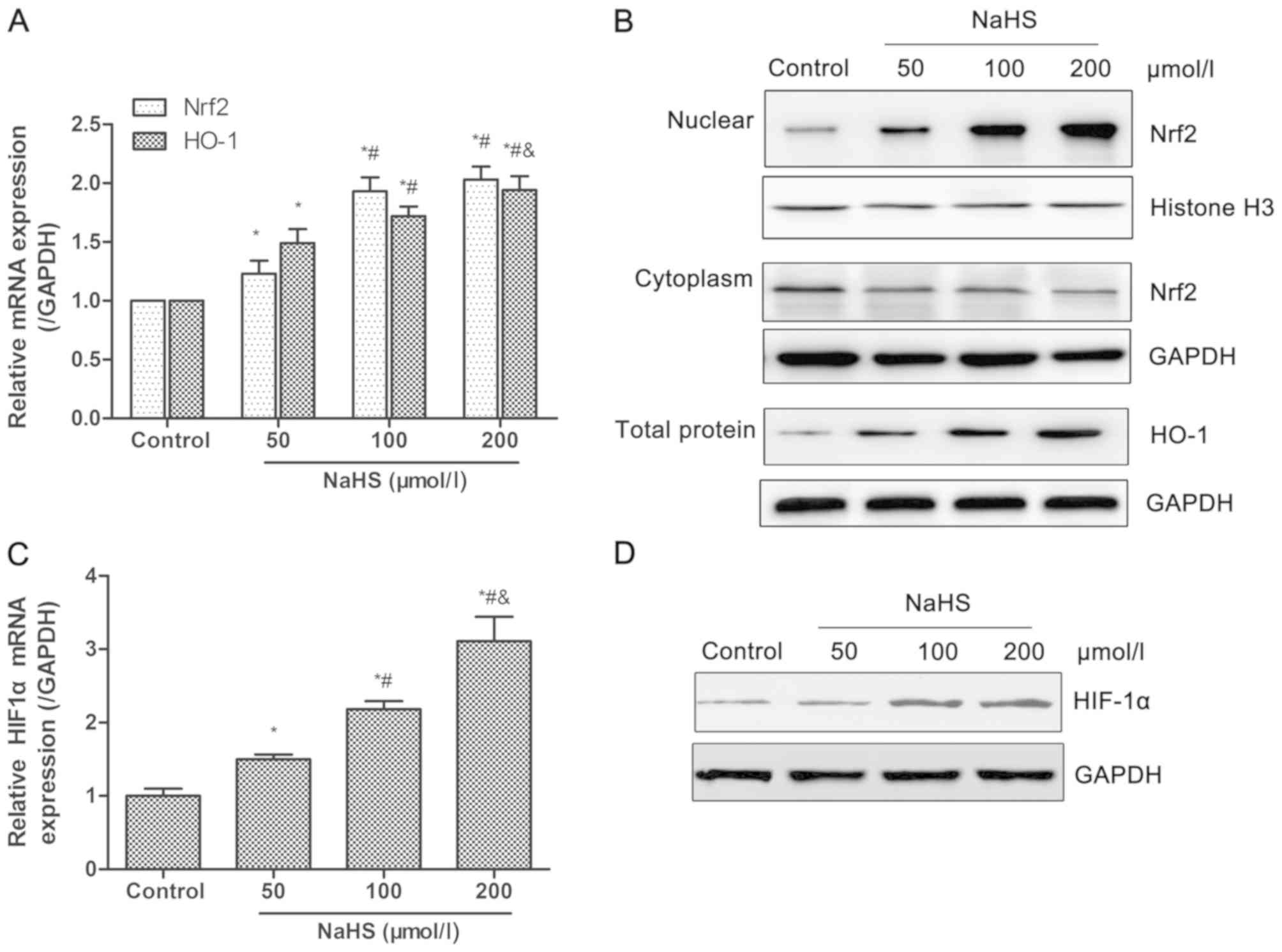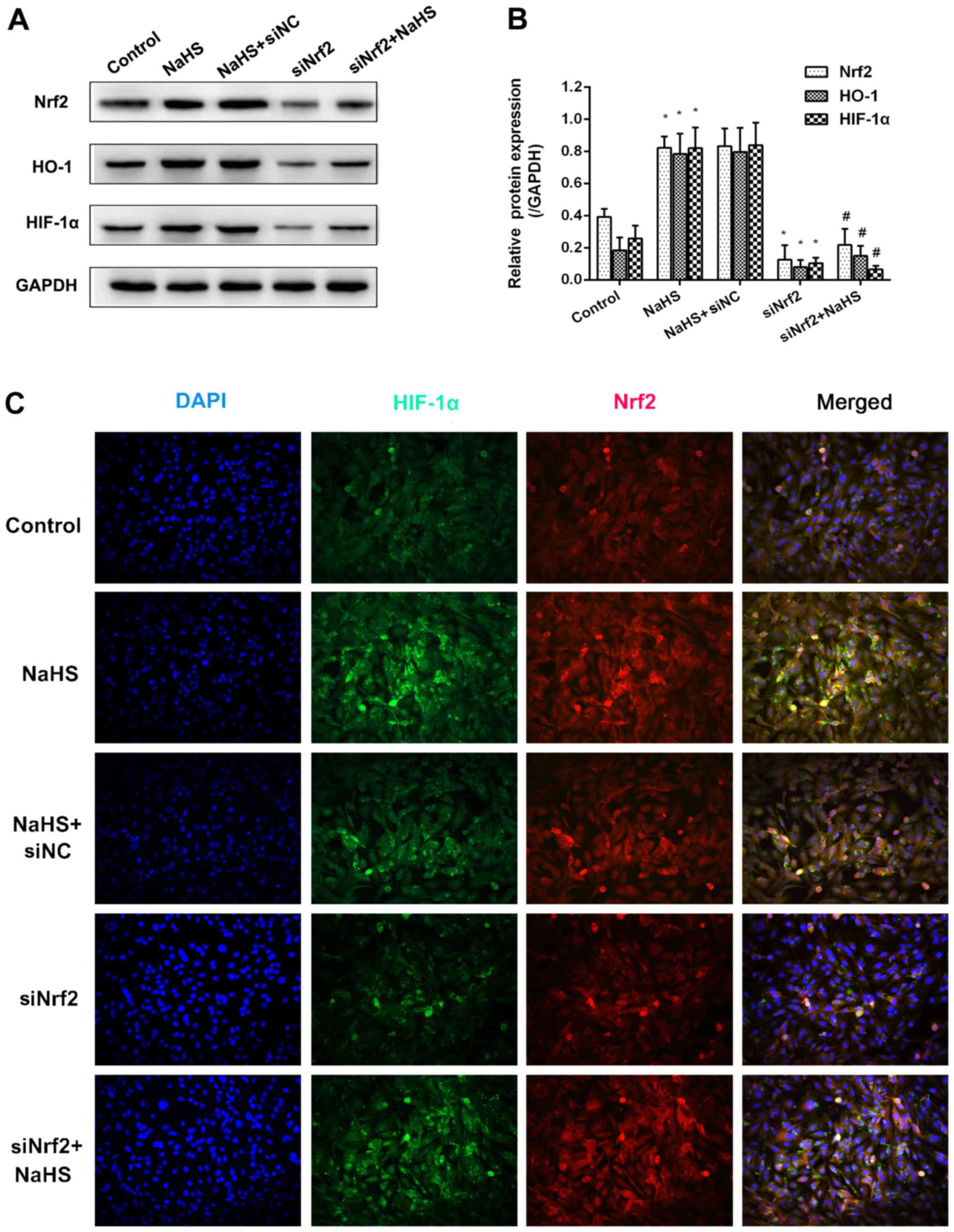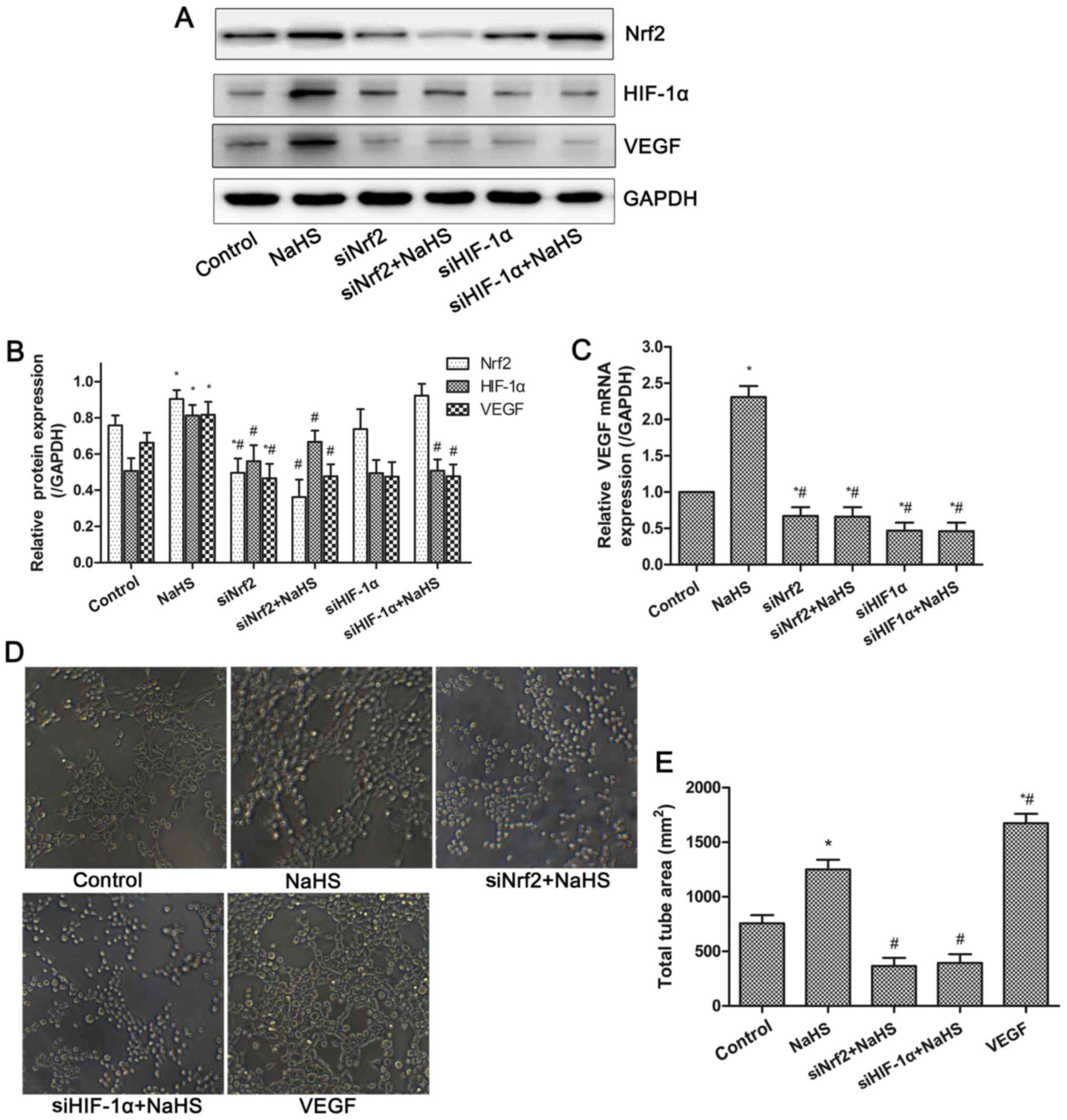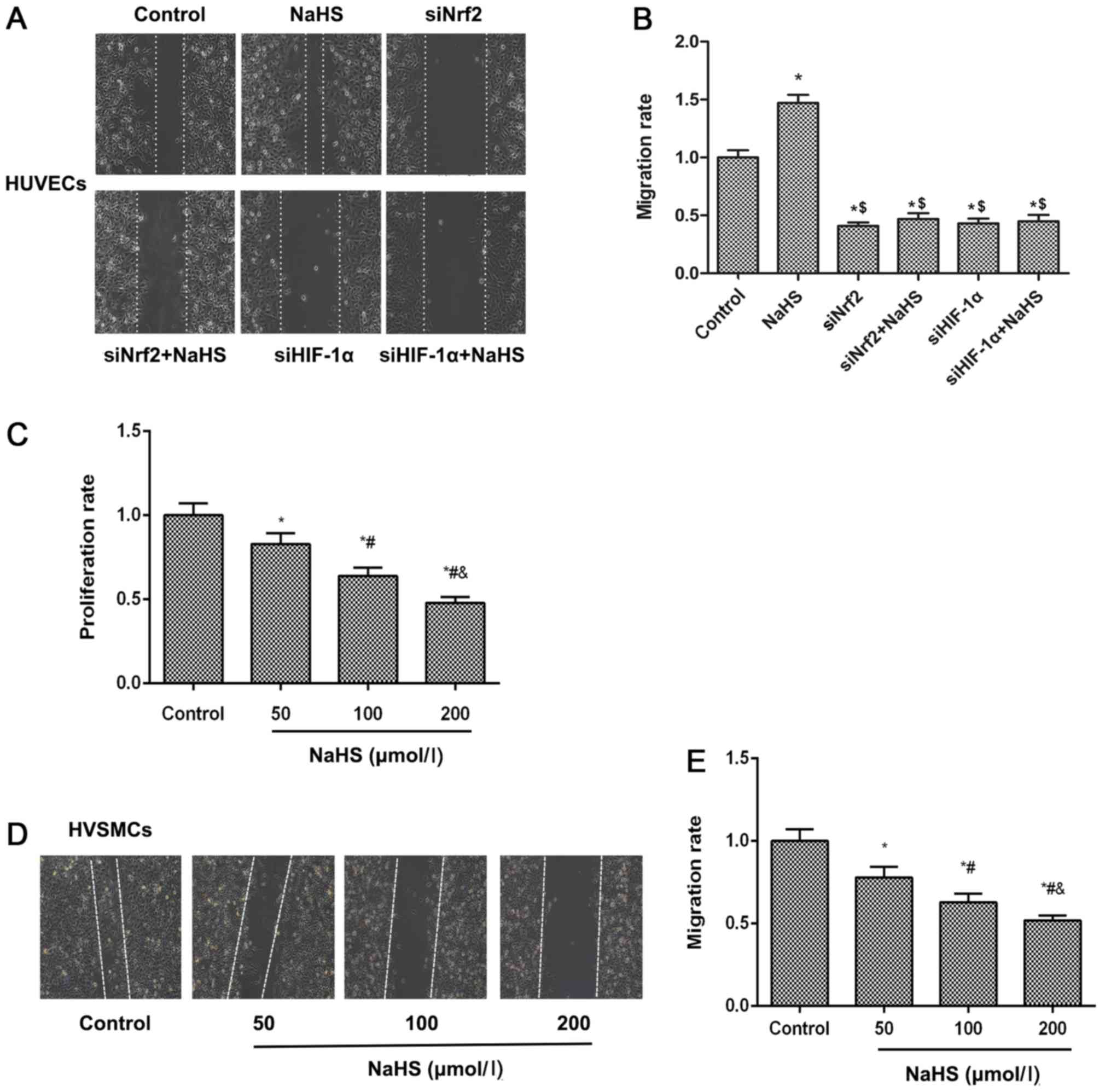|
1
|
Holmes DR Jr, Vlietstra RE, Smith HC,
Vetrovec GW, Kent KM, Cowley MJ, Faxon DP, Gruentzig AR, Kelsey SF,
Detre KM, et al: Restenosis after percutaneous transluminal
coronary angioplasty (PTCA): A report from the PTCA Registry of the
National Heart, Lung, and Blood Institute. Am J Cardiol.
53:77C–81C. 1984. View Article : Google Scholar : PubMed/NCBI
|
|
2
|
Siegel RJ, Gunn J, Ahsan A, Fishbein MC,
Bowes RJ, Oakley D, Wales C, Steffen W, Campbell S and Nita H: Use
of therapeutic ultrasound in percutaneous coronary angioplasty.
Experimental in vitro studies and initial clinical experience.
Circulation. 89:1587–1592. 1994. View Article : Google Scholar : PubMed/NCBI
|
|
3
|
Klein AJ and Ross CB: Endovascular
treatment of lower extremity peripheral arterial disease. Trends
Cardiovasc Med. 26:495–512. 2016. View Article : Google Scholar : PubMed/NCBI
|
|
4
|
Miller AJ, Takahashi EA, Harmsen WS, Mara
KC and Misra S: Treatment of Superficial Femoral Artery Restenosis.
J Vasc Interv Radiol. 28:1681–1686. 2017. View Article : Google Scholar : PubMed/NCBI
|
|
5
|
Alazzaz A, Thornton J, Aletich VA, Debrun
GM, Ausman JI and Charbel F: Intracranial percutaneous transluminal
angioplasty for arteriosclerotic stenosis. Arch Neurol.
57:1625–1630. 2000. View Article : Google Scholar : PubMed/NCBI
|
|
6
|
Christidou FP, Kalpakidis VI, Iatrou KD,
Zervidis IA, Bamichas GI, Gionanlis LC, Natse TA and Sombolos KJ:
Percutaneous trans-luminal angioplasty (PTA) and venous stenting in
hemodialysis patients with vascular access-related venous stenosis
or occlusion. Radiography. 12:127–133. 2006. View Article : Google Scholar
|
|
7
|
Schmidt A, Ulrich M, Winkler B, Klaeffling
C, Bausback Y, Bräunlich S, Botsios S, Kruse HJ, Varcoe RL, Kum S,
et al: Angiographic patency and clinical outcome after
balloon-angioplasty for extensive infrapopliteal arterial disease.
Catheter Cardiovasc Interv. 76:1047–1054. 2010. View Article : Google Scholar : PubMed/NCBI
|
|
8
|
Meng Z, Gao P, Chen L, Peng J, Huang J, Wu
M, Chen K and Zhou Z: Artificial zinc-finger transcription factor
of A20 suppresses restenosis in Sprague Dawley rats after carotid
injury via the PPARα pathway. Mol Ther Nucleic Acids. 8:123–131.
2017. View Article : Google Scholar : PubMed/NCBI
|
|
9
|
Losordo DW, Isner JM and Diaz-Sandoval LJ:
Endothelial recovery: The next target in restenosis prevention.
Circulation. 107:2635–2637. 2003. View Article : Google Scholar : PubMed/NCBI
|
|
10
|
Kugiyama K, Kerns SA, Morrisett JD,
Roberts R and Henry PD: Impairment of endothelium-dependent
arterial relaxation by lysolecithin in modified low-density
lipoproteins. Nature. 344:160–162. 1990. View Article : Google Scholar : PubMed/NCBI
|
|
11
|
Dussault S, Dhahri W, Desjarlais M,
Mathieu R and Rivard A: Elsibucol inhibits atherosclerosis
following arterial injury: Multifunctional effects on cholesterol
levels, oxidative stress and inflammation. Atherosclerosis.
237:194–199. 2014. View Article : Google Scholar : PubMed/NCBI
|
|
12
|
Kochiadakis GE, Arfanakis DA, Marketou ME,
Skalidis EI, Igoumenidis NE, Nikitovic D, Giaouzaki A, Chlouverakis
G and Vardas PE: Oxidative stress changes after stent implantation:
A randomized comparative study of sirolimus-eluting and bare metal
stents. Int J Cardiol. 142:33–37. 2010. View Article : Google Scholar
|
|
13
|
Misra P, Reddy PC, Shukla D, Caldito GC,
Yerra L and Aw TY: In-stent stenosis: Potential role of increased
oxidative stress and glutathione-linked detoxification mechanisms.
Angiology. 59:469–474. 2008. View Article : Google Scholar : PubMed/NCBI
|
|
14
|
Tardif JC, Grégoire J and L'Allier PL:
Prevention of restenosis with antioxidants: Mechanisms and
implications. Am J Cardiovasc Drugs. 2:323–334. 2002. View Article : Google Scholar
|
|
15
|
Strauss BH, Chisholm RJ, Keeley FW,
Gotlieb AI, Logan RA and Armstrong PW: Extracellular matrix
remodeling after balloon angioplasty injury in a rabbit model of
restenosis. Circ Res. 75:650–658. 1994. View Article : Google Scholar : PubMed/NCBI
|
|
16
|
Kamoun P: Endogenous production of
hydrogen sulfide in mammals. Amino Acids. 26:243–254. 2004.
View Article : Google Scholar : PubMed/NCBI
|
|
17
|
Cheung SH and Lau JYW: Hydrogen sulfide
mediates athero-protection against oxidative stress via
S-sulfhydration. PLoS One. 13:e01941762018. View Article : Google Scholar : PubMed/NCBI
|
|
18
|
Altaany Z, Moccia F, Munaron L, Mancardi D
and Wang R: Hydrogen sulfide and endothelial dysfunction:
Relationship with nitric oxide. Curr Med Chem. 21:3646–3661. 2014.
View Article : Google Scholar : PubMed/NCBI
|
|
19
|
Ma B, Liang G, Zhang F, Chen Y and Zhang
H: Effect of hydrogen sulfide on restenosis of peripheral arteries
after angioplasty. Mol Med Rep. 5:1497–1502. 2012.PubMed/NCBI
|
|
20
|
Geng B, Chang L, Pan C, Qi Y, Zhao J, Pang
Y, Du J and Tang C: Endogenous hydrogen sulfide regulation of
myocardial injury induced by isoproterenol. Biochem Biophys Res
Commun. 318:756–763. 2004. View Article : Google Scholar : PubMed/NCBI
|
|
21
|
Jian Z, Li K, Liu L, Zhang Y, Zhou Z, Li C
and Gao T: Heme oxygenase-1 protects human melanocytes from
H2O2-induced oxidative stress via the Nrf2-ARE pathway. J Invest
Dermatol. 131:1420–1427. 2011. View Article : Google Scholar : PubMed/NCBI
|
|
22
|
Calvert JW, Jha S, Gundewar S, Elrod JW,
Ramachandran A, Pattillo CB, Kevil CG and Lefer DJ: Hydrogen
sulfide mediates cardioprotection through Nrf2 signaling. Circ Res.
105:365–374. 2009. View Article : Google Scholar : PubMed/NCBI
|
|
23
|
Schwacha MG, Nickel E and Daniel T: Burn
injury-induced alterations in wound inflammation and healing are
associated with suppressed hypoxia inducible factor-1alpha
expression. Mol Med. 14:628–633. 2008. View Article : Google Scholar : PubMed/NCBI
|
|
24
|
Patel VI, Daniel S, Longo CR, Shrikhande
GV, Scali ST, Czismadia E, Groft CM, Shukri T, Motley-Dore C,
Ramsey HE, et al: A20, a modulator of smooth muscle cell
proliferation and apoptosis, prevents and induces regression of
neointimal hyperplasia. FASEB J. 20:1418–1430. 2006. View Article : Google Scholar : PubMed/NCBI
|
|
25
|
Feldman AT and Wolfe D: Tissue processing
and hematoxylin and eosin staining. Methods Mol Biol. 1180:31–43.
2014. View Article : Google Scholar : PubMed/NCBI
|
|
26
|
Livak KJ and Schmittgen TD: Analysis of
relative gene expression data using real-time quantitative PCR and
the 2(−Delta Delta C(T)) Method. Methods. 25:402–408. 2001.
View Article : Google Scholar
|
|
27
|
Noro T, Takehara N, Sumitomo K, Takeuchi
T, Ishii Y, Kato J, Kawabe J and Hasebe N: Initial reduction of
oxidative stress by angiotensin receptor blocker contributes long
term outcomes after percutaneous coronary intervention. Am J
Cardiovasc Dis. 4:159–167. 2014.
|
|
28
|
Zhang H, Davies KJA and Forman HJ:
Oxidative stress response and Nrf2 signaling in aging. Free Radic
Biol Med. 88(Pt B): 314–336. 2015. View Article : Google Scholar : PubMed/NCBI
|
|
29
|
Jiang F, Drummond GR and Dusting GJ:
Suppression of oxidative stress in the endothelium and vascular
wall. Endothelium. 11:79–88. 2004. View Article : Google Scholar : PubMed/NCBI
|
|
30
|
Jin Z, Chan H, Ning J, Lu K and Ma D: The
role of hydrogen sulfide in pathologies of the vital organs and its
clinical application. J Physiol Pharmacol. 66:169–179.
2015.PubMed/NCBI
|
|
31
|
Baskar R, Sparatore A, Del Soldato P and
Moore PK: Effect of S-diclofenac, a novel hydrogen sulfide
releasing derivative inhibit rat vascular smooth muscle cell
proliferation. Eur J Pharmacol. 594:1–8. 2008. View Article : Google Scholar : PubMed/NCBI
|
|
32
|
Ma B, Liang G, Zhang F, Chen Y and Zhang
H: Effect of hydrogen sulfide on restenosis of peripheral arteries
after angioplasty. Mol Med Rep. 5:1497–1502. 2012.PubMed/NCBI
|
|
33
|
Chen Q, Wang Q, Zhu J, Xiao Q and Zhang L:
Reactive oxygen species: Key regulators in vascular health and
diseases. Br J Pharmacol. 175:1279–1292. 2018. View Article : Google Scholar
|
|
34
|
Raaz U, Toh R, Maegdefessel L, Adam M,
Nakagami F, Emrich FC, Spin JM and Tsao PS: Hemodynamic regulation
of reactive oxygen species: Implications for vascular diseases.
Antioxid Redox Signal. 20:914–928. 2014. View Article : Google Scholar :
|
|
35
|
Giacco F and Brownlee M: Oxidative stress
and diabetic complications. Circ Res. 107:1058–1070. 2010.
View Article : Google Scholar : PubMed/NCBI
|
|
36
|
Oh CJ, Kim JY, Choi YK, Kim HJ, Jeong JY,
Bae KH, Park KG and Lee IK: Dimethylfumarate attenuates renal
fibrosis via NF-E2-related factor 2-mediated inhibition of
transforming growth factor-β/Smad signaling. PLoS One.
7:e458702012. View Article : Google Scholar
|
|
37
|
Cho HY, Reddy SP, Yamamoto M and
Kleeberger SR: The transcription factor NRF2 protects against
pulmonary fibrosis. FASEB J. 18:1258–1260. 2004. View Article : Google Scholar : PubMed/NCBI
|
|
38
|
Zheng H, Whitman SA, Wu W, Wondrak GT,
Wong PK, Fang D and Zhang DD: Therapeutic potential of Nrf2
activators in streptozotocin-induced diabetic nephropathy.
Diabetes. 60:3055–3066. 2011. View Article : Google Scholar : PubMed/NCBI
|
|
39
|
Xu W, Shao L, Zhou C, Wang H and Guo J:
Upregulation of Nrf2 expression in non-alcoholic fatty liver and
steatohepatitis. Hepatogastroenterology. 58:2077–2080. 2011.
View Article : Google Scholar : PubMed/NCBI
|
|
40
|
Chen B, Lu Y, Chen Y and Cheng J: The role
of Nrf2 in oxidative stress-induced endothelial injuries. J
Endocrinol. 225:R83–R99. 2015. View Article : Google Scholar : PubMed/NCBI
|
|
41
|
Kim JY, Cho HJ, Sir JJ, Kim BK, Hur J,
Youn SW, Yang HM, Jun SI, Park KW, Hwang SJ, et al: Sulfasalazine
induces haem oxygenase-1 via ROS-dependent Nrf2 signalling, leading
to control of neointimal hyperplasia. Cardiovasc Res. 82:550–560.
2009. View Article : Google Scholar : PubMed/NCBI
|
|
42
|
Lee HJ, Seo M and Lee EJ: Salvianolic acid
B inhibits atherogenesis of vascular cells through induction of
Nrf2-dependent heme oxygenase-1. Curr Med Chem. 21:3095–3106. 2014.
View Article : Google Scholar : PubMed/NCBI
|
|
43
|
Ashino T, Yamamoto M, Yoshida T and
Numazawa S: Redox-sensitive transcription factor Nrf2 regulates
vascular smooth muscle cell migration and neointimal hyperplasia.
Arterioscler Thromb Vasc Biol. 33:760–768. 2013. View Article : Google Scholar : PubMed/NCBI
|
|
44
|
Oh CJ, Park S, Kim JY, Kim HJ, Jeoung NH,
Choi YK, Go Y, Park KG and Lee IK: Dimethylfumarate attenuates
restenosis after acute vascular injury by cell-specific and
Nrf2-dependent mechanisms. Redox Biol. 2:855–864. 2014. View Article : Google Scholar : PubMed/NCBI
|
|
45
|
Moraes JA, Barcellos-de-Souza P, Rodrigues
G, Nascimento-Silva V, Silva SV, Assreuy J, Arruda MA and
Barja-Fidalgo C: Heme modulates smooth muscle cell proliferation
and migration via NADPH oxidase: A counter-regulatory role for heme
oxygenase system. Atherosclerosis. 224:394–400. 2012. View Article : Google Scholar : PubMed/NCBI
|
|
46
|
Sun A, Wang Y, Liu J, Yu X, Sun Y, Yang F,
Dong S, Wu J, Zhao Y, Xu C, et al: Exogenous H2S
modulates mitochondrial fusion-fission to inhibit vascular smooth
muscle cell proliferation in a hyperglycemic state. Cell Biosci.
6:362016. View Article : Google Scholar
|
|
47
|
Song S, Xiao X, Guo D, Mo L, Bu C, Ye W,
Den Q, Liu S and Yang X: Protective effects of Paeoniflorin against
AOPP-induced oxidative injury in HUVECs by blocking the
ROS-HIF-1α/VEGF pathway. Phytomedicine. 34:115–126. 2017.
View Article : Google Scholar : PubMed/NCBI
|
|
48
|
Zhang Y, Liu J, Wang S, Luo X, Li Y, Lv Z,
Zhu J, Lin J, Ding L and Ye Q: The DEK oncogene activates VEGF
expression and promotes tumor angiogenesis and growth in
HIF-1α-dependent and -independent manners. Oncotarget.
7:23740–23756. 2016.PubMed/NCBI
|
|
49
|
Zhang Z, Wang Q, Ma J, Yi X, Zhu Y, Xi X,
Feng Y and Jin Z: Reactive oxygen species regulate FSH-induced
expression of vascular endothelial growth factor via Nrf2 and HIF1α
signaling in human epithelial ovarian cancer. Oncol Rep.
29:1429–1434. 2013. View Article : Google Scholar : PubMed/NCBI
|
|
50
|
Kim TH, Hur EG, Kang SJ, Kim JA, Thapa D,
Lee YM, Ku SK, Jung Y and Kwak MK: NRF2 blockade suppresses colon
tumor angiogenesis by inhibiting hypoxia-induced activation of
HIF-1α. Cancer Res. 71:2260–2275. 2011. View Article : Google Scholar : PubMed/NCBI
|















